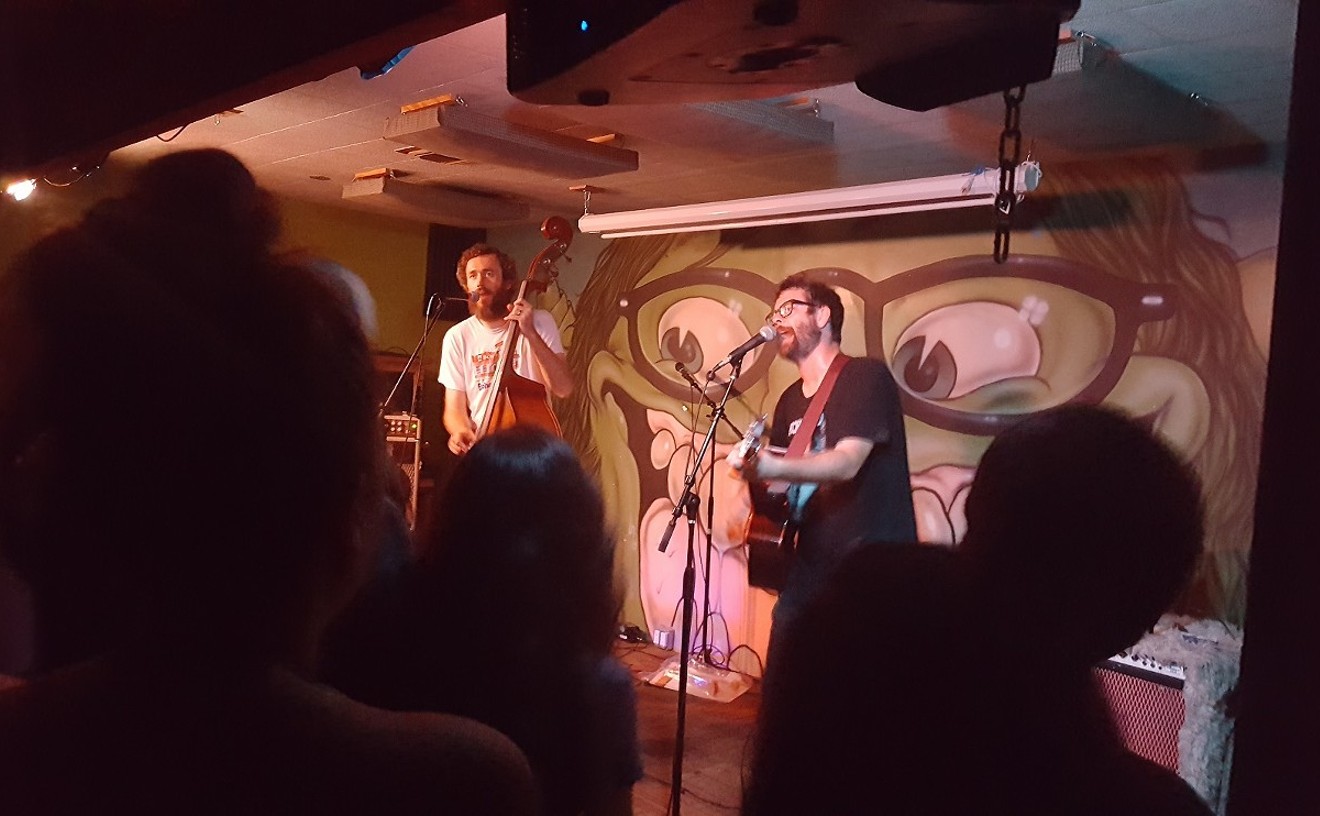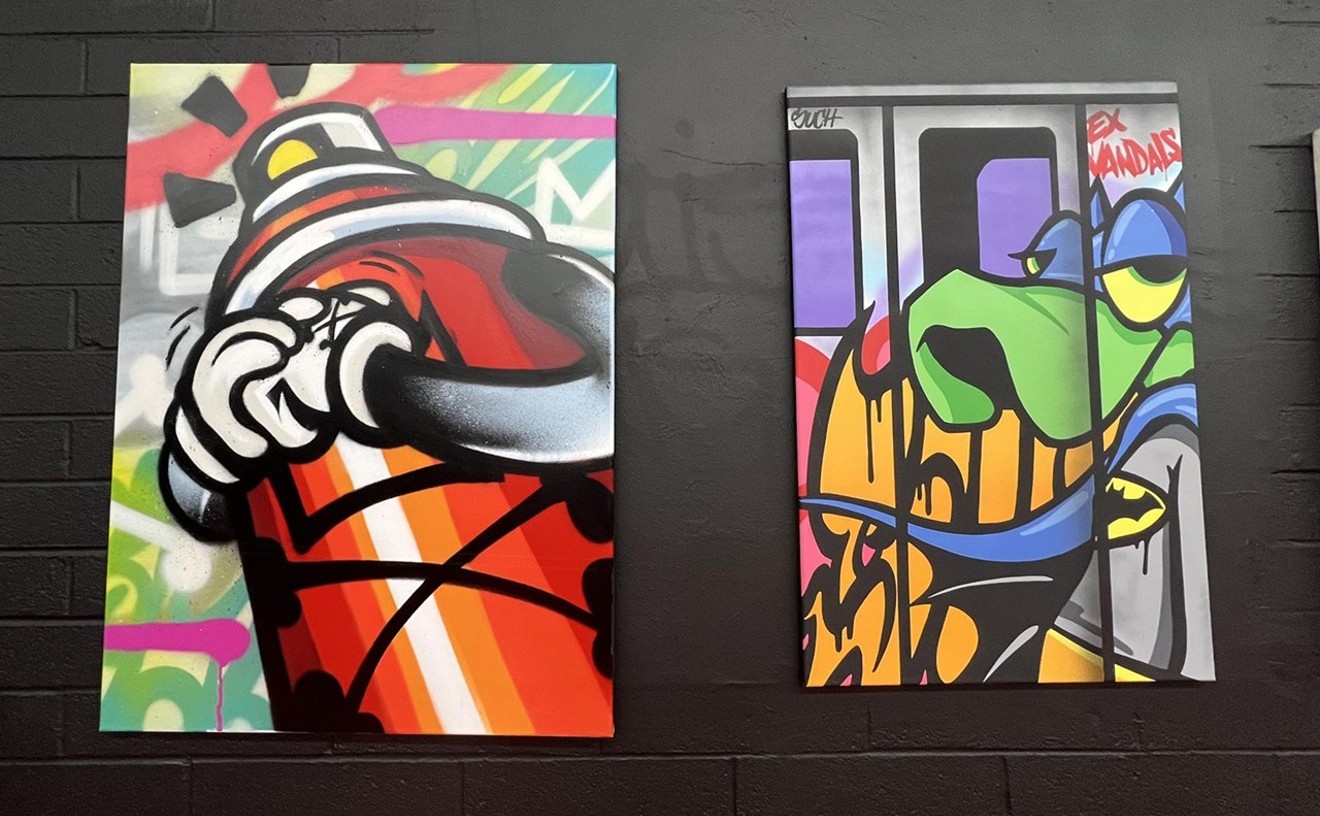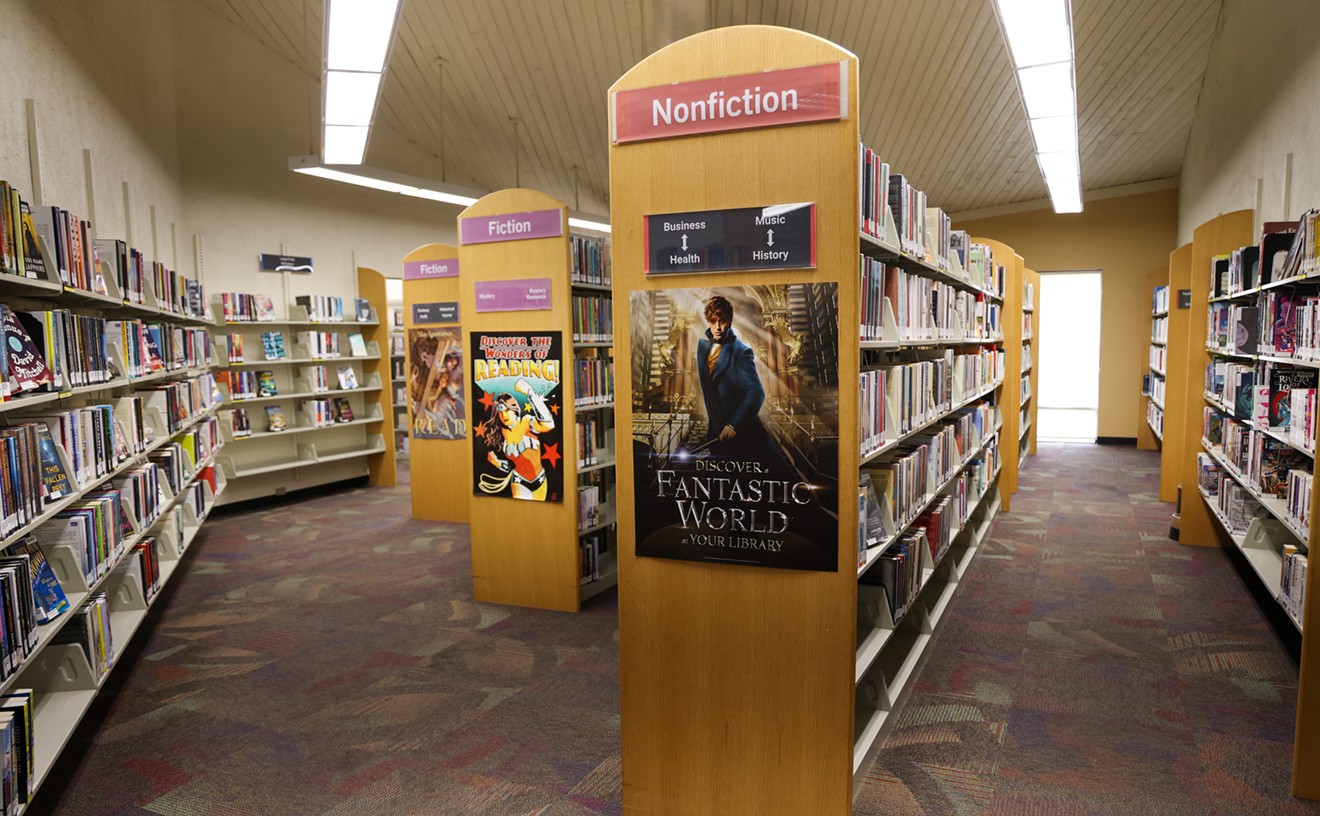Feldman's sculpture engages the viewer intellectually and physically. "War Toys" features a Lilliputian detachment of ferocious war machines, "Civilian Goods" a Paul Bunyan-size collection of household goods and games, and "Architectonic Sculptures" weighty Mayan temples perched on stilts. All three series combine gorgeous craftsmanship with layers of meaning.
Feldman began her art career relatively late, at the age of 35. Though she longed to be an artist during her years at the High School of Music and Art in New York, she knew her parents would disapprove, so initially chose a less "impractical" career path.
"I became a nursery school teacher," explains the 60-something sculptor. "My parents were first-generation Polish immigrants with little education of their own. They naturally wanted me to follow something more secure than art." But then something happened to change her priorities irreversibly.
"I taught for a while, then had my first child, which I lost," she says. "It was stillborn--my first confrontation with death of any kind. It makes you think about what you care about in life. Better do what you're supposed to do, and do it fast."
So Feldman entered the California College of Arts and Crafts in Oakland, California. She eventually joined the faculty in 1965, then advanced to professor and chairwoman of the sculpture department. "I'm the senior person now," she says, laughing. "I'm at the end of the line in graduation. I always feel like the one at the end gets the hook of God to pull them up!"
Feldman's "War Toys" series uses plenty of hooks--ample steel ones, as well as straps, pikes, jutting arrows and other assorted forms to make ironic commentary on war and technology in our society. It comprises a dwarf battalion of 26 menacing yet comically ineffective war machines, all from six to 26 inches high. Wrought mainly in metal and wood, most of the toys are fitted with wheels or another means of motion. Gallerygoers are encouraged to get down on the floor and play with them. Some toys have vague animal forms, emphasized by their small size. "Bristle," for instance, looks like a mutant steel porcupine with a racing stripe of steel cable spines. "Dreidel" and "Scorpio" look like weird starfish creatures sporting pointy curved propellers. The squat and comically awkward "Bug" could be an armored potato bug or, with its tillerlike legs, the creation of a not-very-bright designer of farm machinery. Like the rest of the toys, "Bug" manages to be at once threatening and hilariously preposterous.
The look of the series is medieval, not surprising since Feldman's satirical petting zoo was inspired by her visits to medieval architectural sites in Europe.
"That era was a time when things were the most physical," explains Feldman. "What a thing looked like determined what it did. In the electronic age, we don't have any physicality. The 'War Toys' are only silly looking because we have the luxury of retrospect. People will be saying the same things about our creations someday." The catapultlike "Kafka's Cradle" conjures up the image of preindustrial war--when battles could be won by weaponry that looked deadly, though perhaps only capable of lobbing one or two rocks over a fortress wall every half-hour. The piece incorporates a rusted pitchfork arm which emits a tiny squeak and bobs weakly when "launched" from its wheeled steel trough. The oxymoronic title "War Toys" captures Feldman's underlying thesis: that war cancels itself out. "I began making the 'Toys' right about the time of the Gulf War. I was pretty distressed. I'd been listening to President Bush carry on--with real delight--about Patriot missiles, taking great pleasure in the machinery end of the war. I had been making other machines, larger than the 'War Toys,' with an aspect of threat to them, and I realized that there was something really seductive about that. "War is preposterous--self-defeating. Nevertheless, there is something in human beings that finds lethal machines--shiny, sharp things--fascinating."
There you go. Sculpture as metaphor for the human condition.
While the "War Toys" are diminutive, Feldman's "Civilian Goods" are the surreal and darkly elegant playthings of giants. The series includes 11 "interactive" sculptures that rock, twitch unexpectedly, spin and make noise, and generally create an air of pleasant strangeness for the viewer. Feldman has a gift for creating forms that remind the viewer of familiar objects while gracefully avoiding direct representation. "This is intentional," says Feldman, who believes that the artistic strength of a sculpture corresponds to the viewer's perception of familiarity in the form.
"Sculpture draws from your experience with physical objects. If it is completely abstract and has no relation to you, then it just becomes decoration or 'shape salad.'
"I just don't believe that pure abstraction is very potent. There should be some references from your life. So I put a new spin on these shapes. They are not exactly what they appear to be, but you sort of know what it might be."
"Rattled," for example, looks like a six-foot buoy topped with a fringe of frayed cable. Standing still, the piece projects a silent grace of form and craftsmanship that characterizes Feldman's works. Movement, however, transforms it into a gargantuan baby rattle, as a metallic pendulum trips across a circle of steel pikes lining the interior of a curved base. "I call it 'rattle for the rattled,'" laughs Feldman. "It is one of my favorites. Feeling neurotic? Give it a push!"
My favorite is "At Sea." Rising from a curved, boatlike base is a garden of three-quarter-inch steel dowels that elegantly spiral upward at their tips, recalling seaweed. When given a push, "At Sea" produces an immensely satisfying, resonant gong.
As she does with the tiny "War Toys," Feldman manipulates scale and material to create a sense of tension and instability. Rich, burnished surfaces join smoothly with rust and wood. Many of the pieces look both newly crafted and well-handled. When rocked or pushed into motion, pieces seem precarious, on the brink of tipping over. But they don't. Even better, assorted sculptures are armed with sensors generating movement when you least expect it.
"Utility/Futility" also includes a few of Feldman's "Architectonic Sculptures"--minimalist architectural pieces inspired by the many journeys she and her husband have made to explore the Mayan ruins of the Yucatn peninsula.
Like the rest of Feldman's work, they possess the tension of instability. "House of Tao" is a steel-plated geometric study of Mayan temple steps. Its underside is beveled and curved, allowing the piece to rock weightily back and forth upon a tall, spindly table. Feldman seems to find great delight in undermining the viewer's perception of stability.
Utility, futility; stability, instability--these are the opposing realities that Feldman dares her audience to digest. She does it in such an ironic and entertaining way, it is difficult to resist. There is nothing quite like those occasional realizations that things are not what they seem to be at all.










